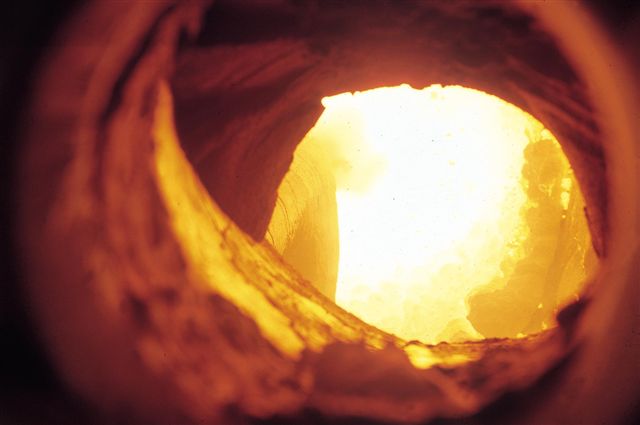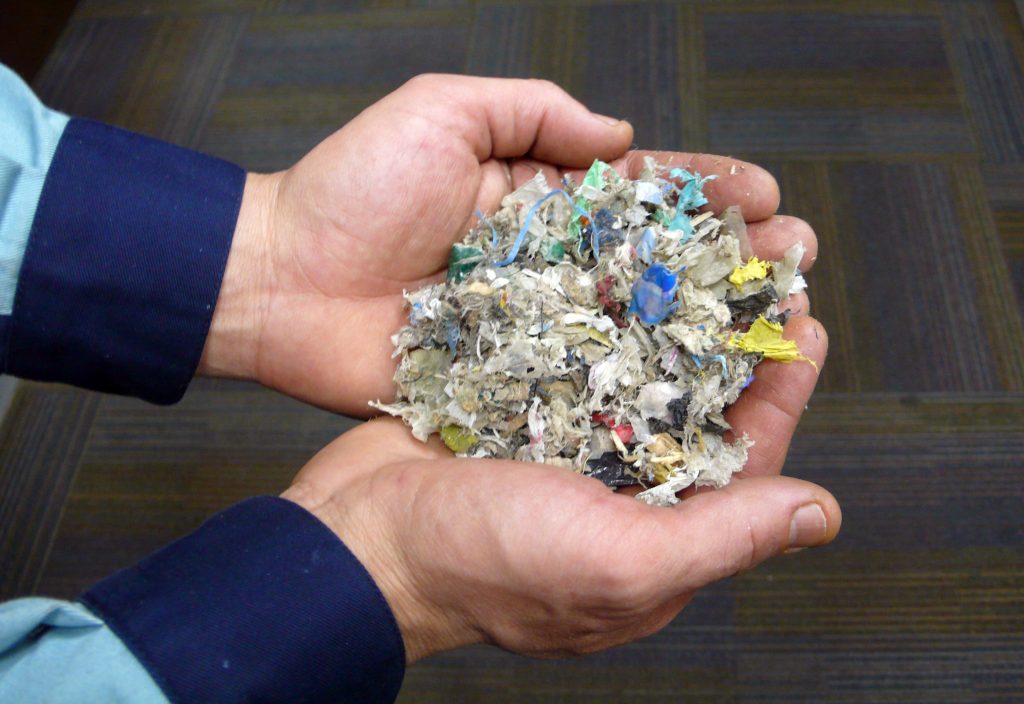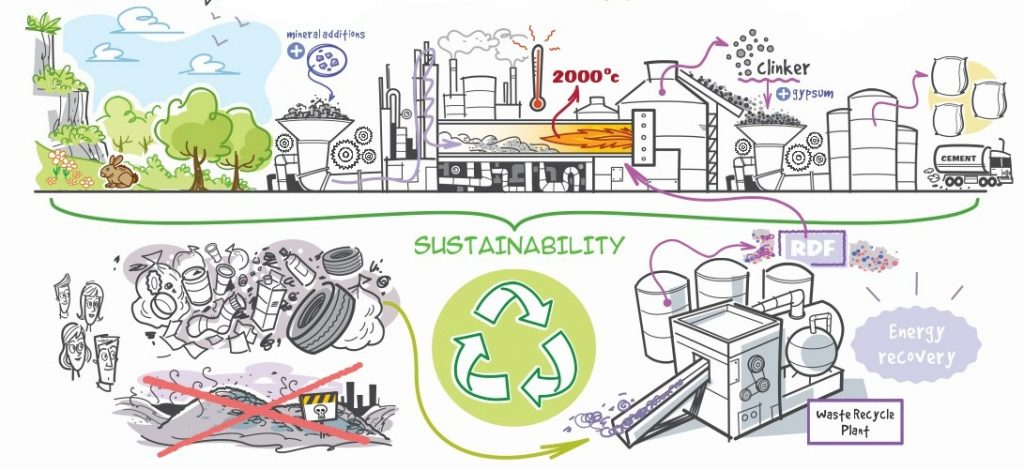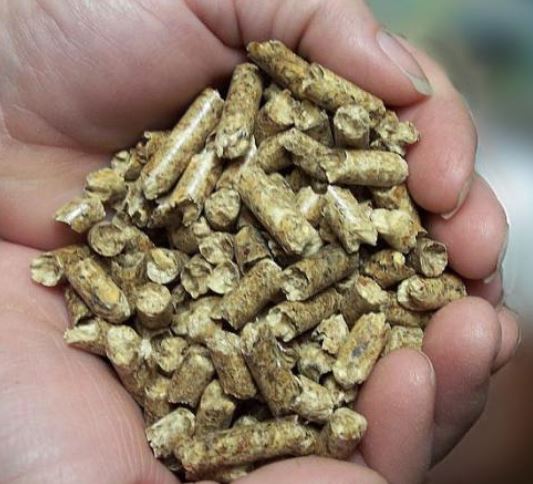Description
Turning waste into a resource is one key to a circular economy. The cement industry clearly applies this principle throughout their life cycle.
The cement industry is able to use different type of waste (used tyres, sewage sludge, Refuse Derived Fuel, animal meal, wood and vegetable biomass, solvents, waste oil,…) instead of coal and petcoke.
At the same time, the mineral content of waste is recycled as a raw material. This combination of energy recovery and material recycling is called ‘co-processing’. A good example is the co-processing of End-of-Life Tyres (ELT). The high calorific value of rubber is used to substitute primary fuels and the mineral fraction of the tyre (mainly iron and silica) substitute the raw materials. Tyres also contain a significant amount of biogenic carbon leading to a direct reduction of fossil fuel related CO2. In Europe, about 1.1 million tons of ELTs are sent annually to cement kilns for co-processing, 100,000 tons in Spain.
For over 30 years, cement plants in Europe have been co-processing waste in kilns where the industry has adapted its processing and technologies to offer the best environmental and economic solutions whilst maintaining a high quality product.
Added value
- In 2015, the Spanish cement industry used more than 749,000 tons of waste derived fuels, equivalent to more than 364,000 tons of oil, 23.4% of the energy consumed by cement kilns. This saving in fossil fuels equals the annual energy consumption of more than 500,000 households.
- Of the 30.1 million tons of raw materials consumed in 2015 to make cement, 1.6 million came from waste or industrial by-products. This is equivalent to stop sending to landfill an amount of waste equal to about 24 football stadiums full of waste, and avoided the exploitation of natural resources equivalent to almost 2 years of operation of a quarry type.
Challenges
The landfilling share remains high in Spain (with low disposal taxes) and recycling and pre-processing capacities are underdeveloped.
- Regional differences for taxes and fees of waste treatment lead to an internal or cross-border “shopping behavior,” i.e. waste is transported to locations with lower rates, despite the fact that sound local treatment options might exist. This can lead to regional over-or under-capacities for different types of waste treatment.
- In some cases, there remains a lack of political will (at local and regional level) to enforce the EU waste management hierarchy.



